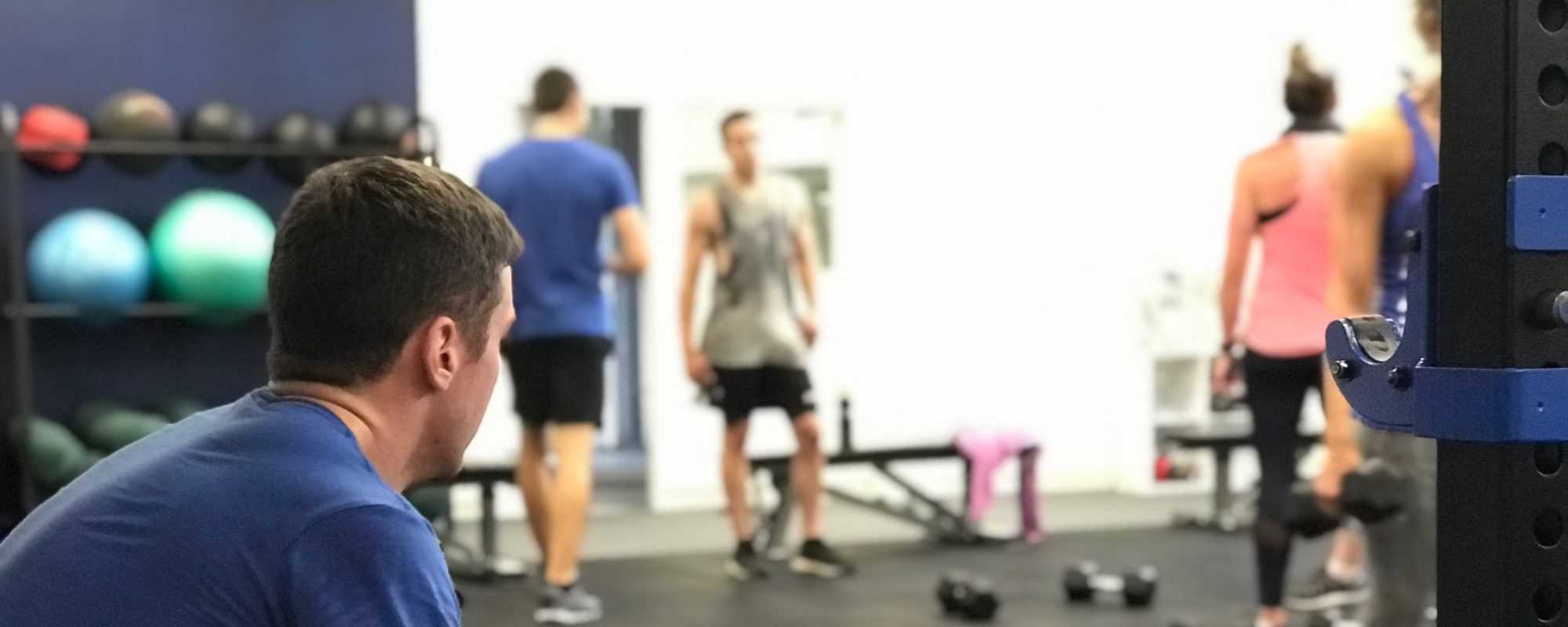
Anxiety is a response to perceived threat felt in a number of different ways, including but not limited to: a feeling of panic or constant worry, lack of self confidence, compulsive behaviours like nail biting or substance abuse, tightening in the chest, heart palpitations, and difficulty breathing, an upset stomach, constipation or diarrhoea, general fatigue, muscle aches and back pain, restlessness and sleeping problems, dry mouth, sweaty cold hands and feet, tingling or numbness in the hands and feet and dizziness.
These symptoms are caused by long-term activation of the sympathetic nervous system – our fight or flight response. The sympathetic nervous system is there for those few dangerous times in our lives where we need to act fast and think on our feet in order to survive. On a basic physiological level, when our sympathetic nervous system is triggered, for example we are frightened by a loud noise, the following physical things occur in the body:
Cortisol and adrenaline are released from the adrenal glands near the kidneys and act to increase blood sugar levels (so that we have some immediate energy) and suppress the immune system (to prevent wastage of energy). The pupils dilate to let in more light and the airways open up to let in more oxygen. We begin to sweat. Our heart rate increases and the force of contraction of the heart increases, whilst our blood flow is prioritised to brain, heart, lungs and skeletal muscle. Importantly blood flow is directed away from organs that we don’t need for immediate survival like intestines and kidneys. The digestive tract stops its natural regular movement, the kidneys recognise the drop in blood flow and release renin which triggers a rise in blood pressure to try to accommodate for their loss of blood. Our sexual functions cease. When we are fighting for our lives, there is no time for food or babies. As soon as the threat is gone we switch back to the parasympathetic nervous system which restores balance and allows us to ‘rest and digest’, or ‘feed and breed’. However…
The threats to our survival are no longer big scary animals trying to eat us. When the sympathetic nervous system is constantly being triggered – be it by work stress and deadlines, family and personal issues, traumatic environments, poor health, constant financial worry – that quick response to raise blood sugar becomes hyperglycaemia or chronic high blood glucose levels. The elevated heart rate becomes a constant increase in heart rate. The increase in renin to boost our blood pressure and keep us alive becomes a constantly high blood pressure. What should be a momentary loss of intestinal movement and a short-term divergence of blood flow away from the guts becomes a chronic lack of function and proper blood supply resulting in diarrhea, constipation, irregularity and pain – essentially the symptoms of IBS. Which like anxiety or constant headaches is really a symptom in itself.
I found this very informative diagram that explains the two nervous systems -> (Artist unknown)
So how can yoga help?
Yoga works by quietening down this sympathetic drive and reverting us back toward the parasympathetic nervous system. It also provides us with an appropriate amount of good stress that we get better at handling (remember your first ever pigeon pose?!) Yes we get stretchy and we get stronger but on the inside something quite magical is happening to our nervous system. The good news is that you don’t have to focus on the inside bit. Very good news if you are struggling with anxiety, depression or a build up of emotion, the inside bit is quite scary to begin with. With yoga, to start you just have to focus on the outside. If you (or your teacher) puts your body into the right positions the asanas will work for you. The beauty of it is – you just have to practice! The resultant reduction in sympathetic drive (and the physical symptoms that go with that) is why yoga is helpful for conditions such as:
- High blood pressure
- High blood glucose
- Low immunity
- Muscle aches and back ache
- Panic attacks and other anxiety conditions
- Depression and low self esteem
- Irritable bowel syndrome and digestive upset
- Dizziness and vertigo
- Insomnia and sleep disturbance
- General and chronic fatigue
- Infertility and problems falling pregnant
From Yoga: The Path to Holistic Health by BKS Iyengar
Regarding yoga, regular practice is the key to managing anxiety and keeping stress levels in check. “Mere relaxation is not enough to counter the effects of stress on the mind and body.” Yoga recuperates and regenerates our energy, relaxes tight muscles and stimulates cells and organs bringing life back to dull areas of the body. The impacts of negative stress are reduced, however the benefits of positive stress are seen – calmer more resilient nerves, better hormonal balance, improved muscular strength and more flexibility in our bodies. “Clarity, firmness of purpose, self-discipline and ethical and moral sensibility follow naturally enabling you to live a tranquil life…”
Interested in yoga? Try my FREE 15 minute relaxation download “Guided savasana.”

Kelly Moriarty is a certified Iyengar yoga teacher and runs Green Body Gym & Yoga Studio in Cardiff, Australia.


